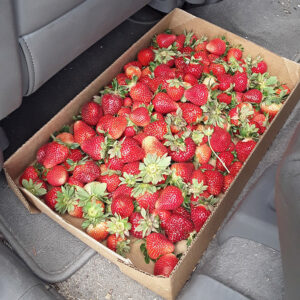 Cadron Crest Strawberries
Cadron Crest Strawberries
Entry Category: Agriculture - Starting with C
 Cadron Crest Strawberries
Cadron Crest Strawberries
 Calhoun County Loggers
Calhoun County Loggers
 Carlisle Rice Trucks
Carlisle Rice Trucks
 Carpenter Family
Carpenter Family
Carpenter’s Produce
Catfish Industry
aka: Ictalurus punctatus
Cattle Drives
Caviar
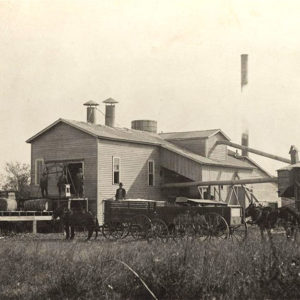 Charleston Cotton Gin
Charleston Cotton Gin
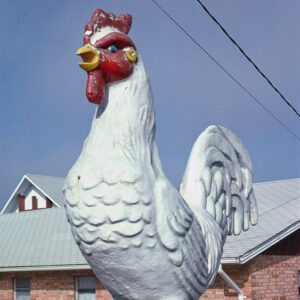 Chicken Statue
Chicken Statue
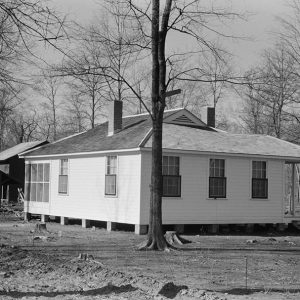 Chicot Farms House
Chicot Farms House
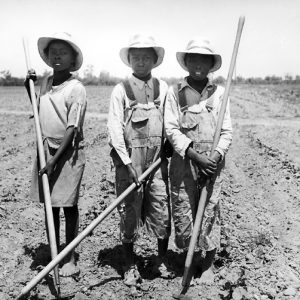 Chopping Cotton
Chopping Cotton
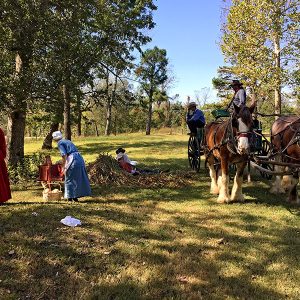 Cleaning Sorghum
Cleaning Sorghum
 Coleman Dairy "Annie Oakley" Bottle
Coleman Dairy "Annie Oakley" Bottle
Coleman Dairy
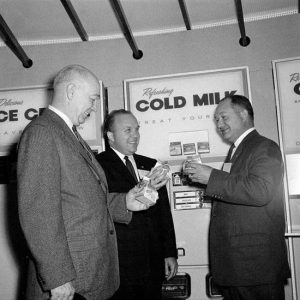 Coleman Dairy Personnel
Coleman Dairy Personnel
 Coleman Dairy Delivery Truck
Coleman Dairy Delivery Truck
 Eleithet Coleman
Eleithet Coleman
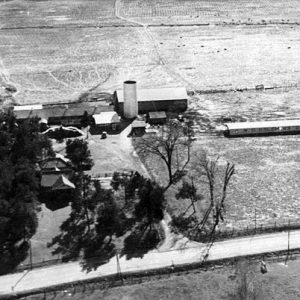 Coleman Dairy Aerial View
Coleman Dairy Aerial View
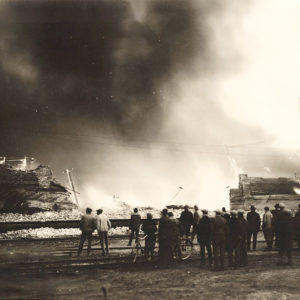 Compress Fire
Compress Fire
 Concatenated Order of Hoo-Hoo
Concatenated Order of Hoo-Hoo
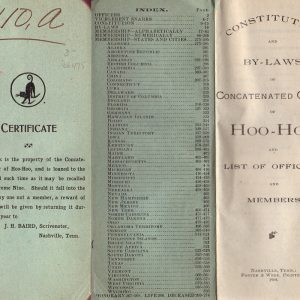 Concatenated Order of Hoo-Hoo Constitution
Concatenated Order of Hoo-Hoo Constitution
 Concatenated Order of Hoo-Hoo Membership Card
Concatenated Order of Hoo-Hoo Membership Card
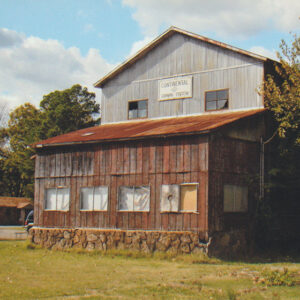 Continental Ginning System
Continental Ginning System
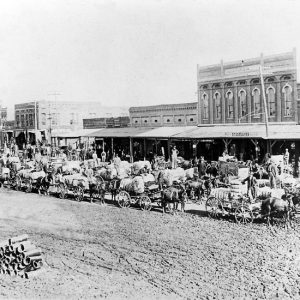 Conway Cotton Wagons
Conway Cotton Wagons
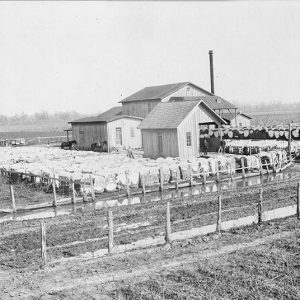 Cook Cotton Mill
Cook Cotton Mill
 Barnett Manly Cook
Barnett Manly Cook
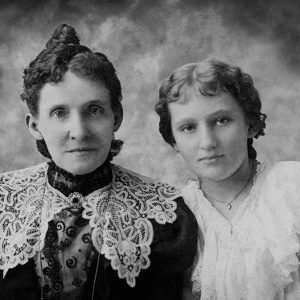 Mildred and Varina Cook
Mildred and Varina Cook
 Neva Pearl Cook
Neva Pearl Cook
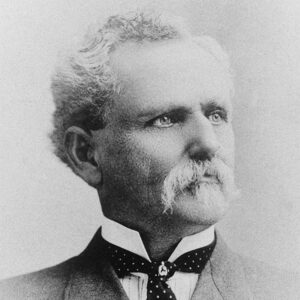 V. Y. Cook
V. Y. Cook
 Virgil Whitfield Cook
Virgil Whitfield Cook
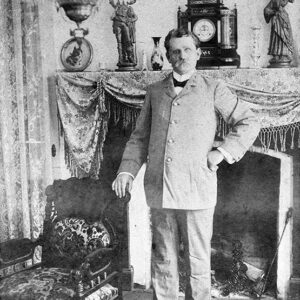 V. Y. Cook
V. Y. Cook
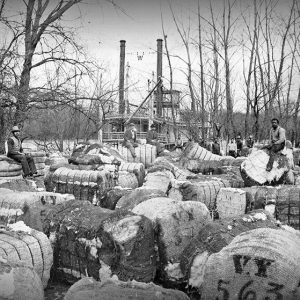 Cook's Landing
Cook's Landing
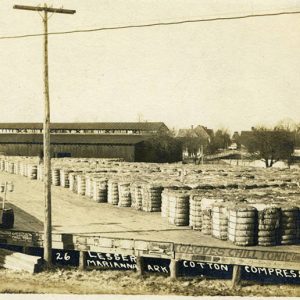 Cotton Compress
Cotton Compress
Cotton Gins
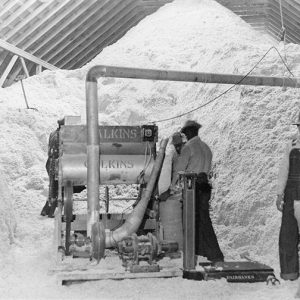 Cotton Seed
Cotton Seed
Cotton Industry
 Cotton Wagons
Cotton Wagons
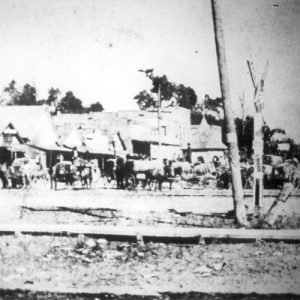 Cotton Wagons
Cotton Wagons
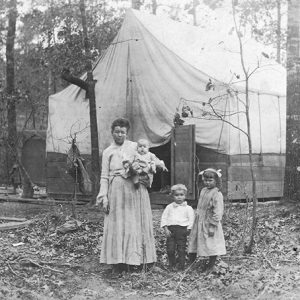 Cotton Workers' Tent
Cotton Workers' Tent
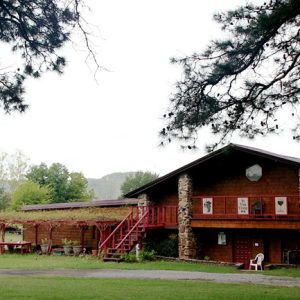 Cowie Wine Cellars
Cowie Wine Cellars
Crossett Experimental Forest (CEF)
Crossett Lumber Company
 Crossett Research
Crossett Research
 Crossett Strike
Crossett Strike
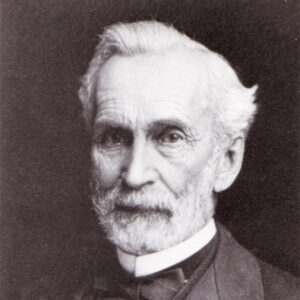 Edward Crossett
Edward Crossett
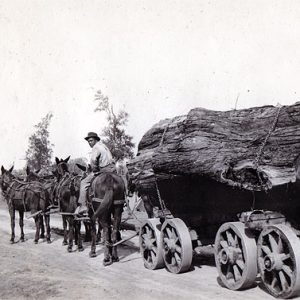 Cypress Logging
Cypress Logging




